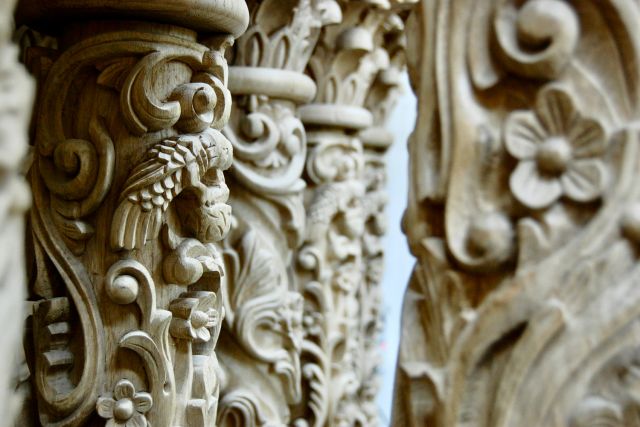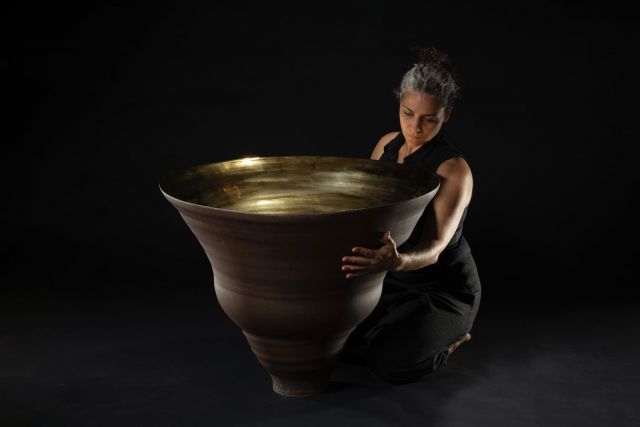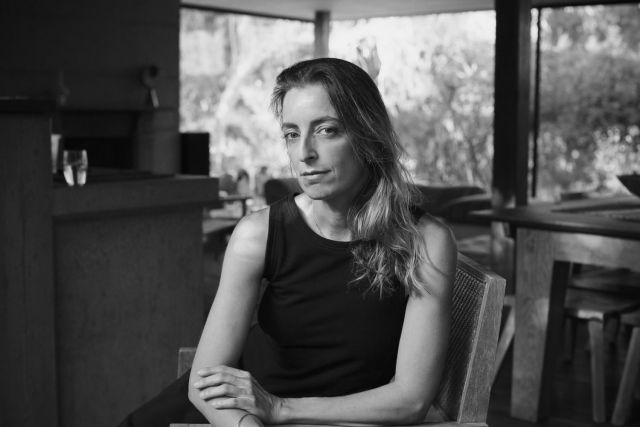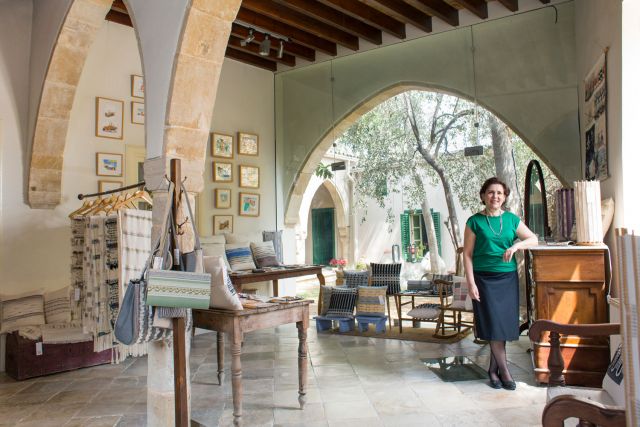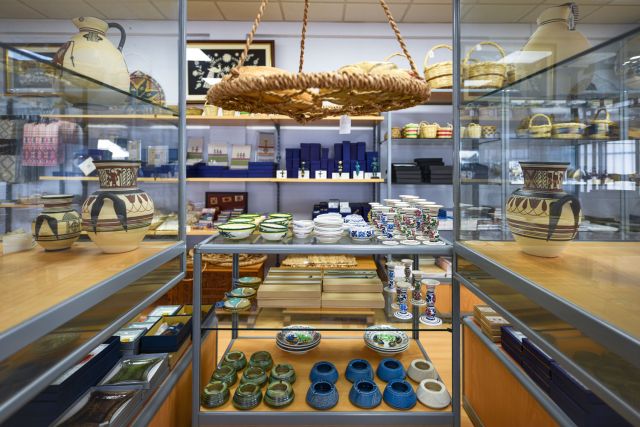
Michael Anastassiades
- Designer
- Ambassador for Nicosia, Cyprus
The Cypriot designer
Michael Anastassiades, RDI designer, founded his design studio in London in 1994. Originally training as a civil engineer, Michael went on to follow a master’s degree in industrial design at the Royal College of Art. His work is featured in permanent collections at the Museum Of Modern Art in New York, the Art Institute of Chicago, the Victoria & Albert Museum, London, the MAK in Vienna, the Crafts Council in London, and the FRAC Centre in Orleans France. With a string of solo exhibitions to his name, including `Reload the Current Page’, at Point Centre for Contemporary Arts Nicosia, among many others, he is also involved in educational programmes at international institutions such as Central Saint Martins, University of the Arts London and ECAL, Lausanne. The studio collaborates with many manufacturers including Flos, B&B Italia, and Herman Miller. Michael has designed signature limited edition collections for Nilufar Gallery, Milan, Dansk Mobelkunst, Copenhagen and Taka Ishii Gallery, Japan.
What does craftsmanship mean to you?Craftsmanship is the mastering of a particular skill that elevates subtle qualities in the composition of an object, making it beautiful and timeless.
How does it feature in your work and life?I have always opted for a paired down approach to the making process of an object, removing all layers of unnecessary information to distil its visual aesthetic. The final product is usually composed of very few elements that are absolutely essential. The focus thus becomes an exercise in enhancing material qualities and the skill with which it is put together.
Do you work with craftspeople?As a product designer, I do an extensive research in finding the most honest and appropriate way to make an object. This is always associated with a specific skill and its mastering is an essential part of the process. I always rely on a good resource of craftspeople for the execution.
Do you have any stories about the artisans you work with?In India, I worked with a stonemason on the “meditation stool”, a simple design, a perfect sphere, cut in half, with a small dip on its surface. For ease of communication, I referred to it as a bowl. The process started with the craftsman achieving the perfectly spherical shape without the use of a lathe. I left the workshop that evening and in the morning found the finished piece outside my door. A perfect hemisphere all scooped out into a deep bowl!




